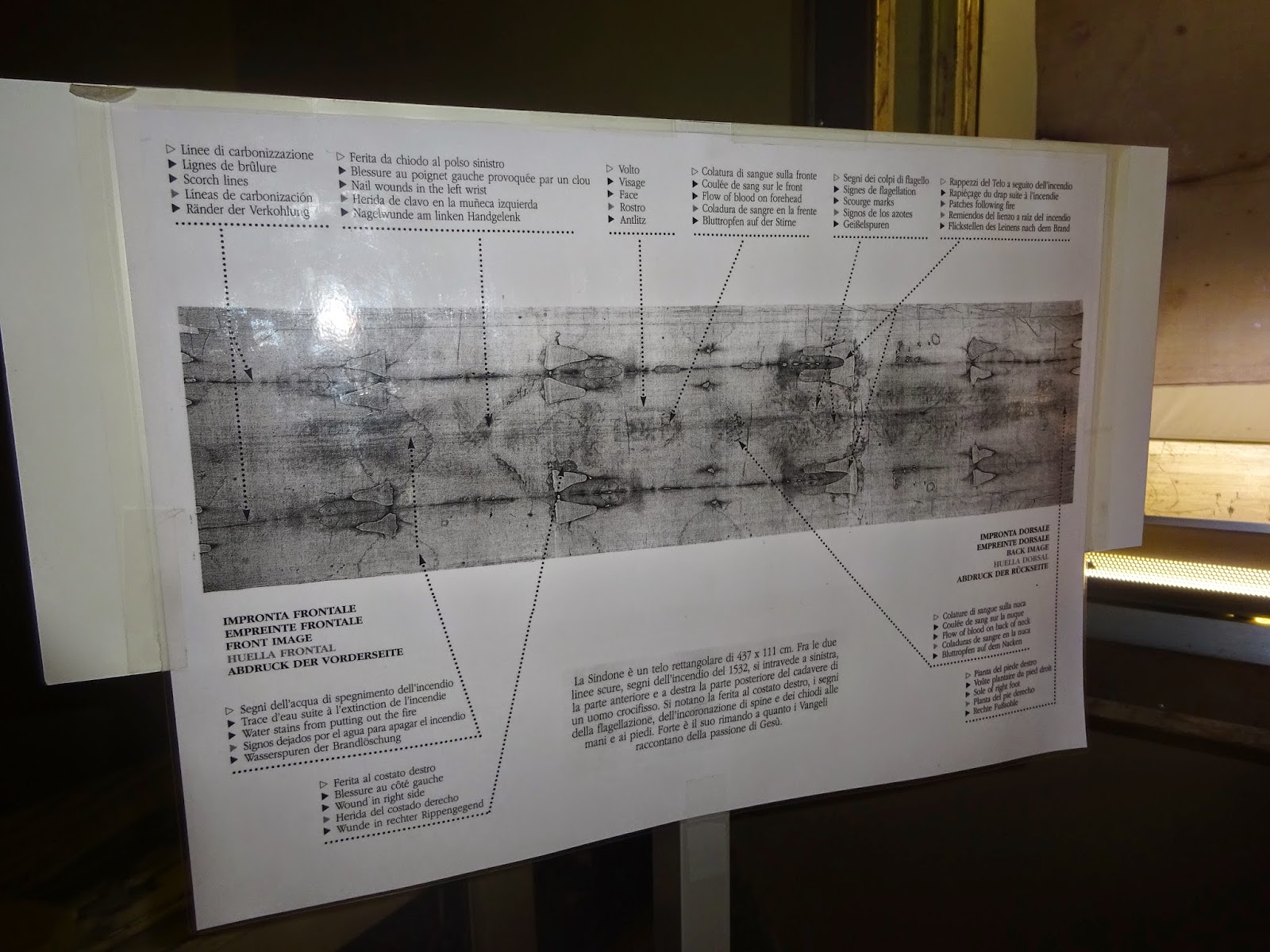Today I walked where Jesus walked and prayed where he
prayed.
Words fail me today Year Five. We moved from one uplifting
moment to another. I cannot believe I walked in the Garden of Gethsemane today
and felt the Lord’s presence, walking alongside of me. It was the most powerful
day I have yet to experience. Today was all about asking and receiving
forgiveness of our sins.
Church of the Pater Noster (Our Father)
We started the day at the Mount of Olives, where we visited
the Church of ‘Our Father’. This church commemorates the site where Jesus
taught his disciples the Lord’s prayer. The main lesson of today for me was the
importance of the opening line – Our Father. It shows us how much Jesus loves
us every time we utter these words because he was willing to allow us to refer
to his Father as if he is our own. The prayer will mean so much more to me now.
 |
| The Our Father in Hebrew and Aramaic |
 |
| The Our father in Latin |
 |
| Jerusalem as seen today |
Dominus Flevit
A short walk from the Church of the Pater Noster was Dominus
Flevit. It is a Franciscan church and is situated on the upper slope of the
Mount of Olives. Dominus Flevit means ‘the cry of the Lord’ and it believed to
be the site where Jesus wept over the destruction of Jerusalem. The reading
associated with this is Luke 19:41-44. Father Chris celebrated Mass with us
today and reminded us to allow Jesus to save us. This is a harder task then
anticipated. Rather than tell us how this should be done Father Chris left us
with questions and some statements worth pondering over; Can we allow Jesus to
be our Saviour?, The Garden isn’t a sorrowful event it is a victorious one. Our
King was not a beautiful king he was one covered in bruises, he was not adorned
in ornate garments, his clothing was ripped and stained, Am I still trying to
tell God what to do?
These are things I am still grappling with and just make me
realise how much I still need to let go and allow God to save me.
The dome of the church is in the shape of a teardrop and at
the edge of the roof are decorated jars. Wives of men who went away to war used
these jars. When the men were away the women would cry into the jars so upon
the men’s return they would show the men how much they wept for them. The
architect used the symbol of the teardrop and jars as how much we weep for
Jesus.
 |
| Part of the roof shaped like a tear drop |
 |
| Walking along the way Jesus walked. |
|
Garden of Gethsemane
As we made our way down the hill it seemed as of Jesus was
walking alongside of me. I cannot explain the feeling that overcame me as I
walked into the private area of the garden of Gethsemane. It was as if I was
walking along side Jesus and experiencing his agony. We were given time for
silent reflection during the visit to the garden and all I could think was
‘Today I walked where you walked, prayed where you prayed’. It was such a
powerful site and still now words cannot do it justice.
Church of the Agony
Across from the garden was ‘Church of the Agony’. This
church was funded y 12 countries and was originally called the church of ‘All
nations’. The atmosphere of the church
appropriately fitted the feeling of the area as the only light source came
through violet and blue windows.
Matthew 26:36-39 refers to Gethsemane and the betrayal of
Judas, within the church in front of the altar is the ‘Rock of Agony’ where
Jesus prayed in the garden before he was arrested. The mosaics in the church
represent the following moments, The kiss of Judas, Christ in Agony being
consoled by an angel and the arrest of Jesus. The front of the church has the
most beautiful mosaic.
Church of St Peter In Gallicantu
Within this church it was the first time I can truly say I
thought about what happened to Jesus between his arrest and his crucifixion.
Outside the church Rami was telling us how usually when people were arrested
during Jesus’ time they were given twenty four hours to defend themselves.
However due to Jesus being arrested on Thursday night he was not given the same
amount of time because it was the day before the Sabbath and no work is done on
the Sabbath. Leaving it to the Saturday night was not acceptable because that
would give him 48 hours so they rushed his arrest through. We all recall he was
taken to the high priests house but toady I was informed and shown the prison
in which Jesus would have been kept. During this time the prisoner’s hands and
feet were bound together and a harness was tied around their body and they were
lowered into a hole in the ground. The hole was completely black and whenever
the priest wanted you, you were pulled back up through the hole. During this
time you were beaten. Even as I write this down the image of how dreadful this
must have been for Jesus comes flooding back into my mind. Yet again I am
reminded of the great LOVE Jesus has for all.
 |
| Looking down into the dungeon |
 |
| Peter denies Jesus |
 |
| The guards quarters |
 |
| The hole in which they would have lowered the prisoner though |
 |
| The mosaic shows how Jesus was tied and then lowered into the dungeon. |


































































